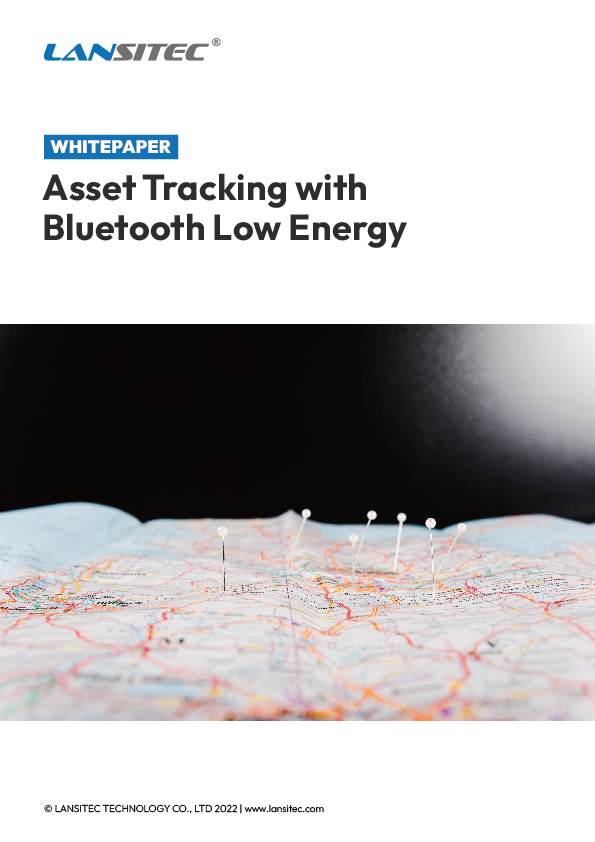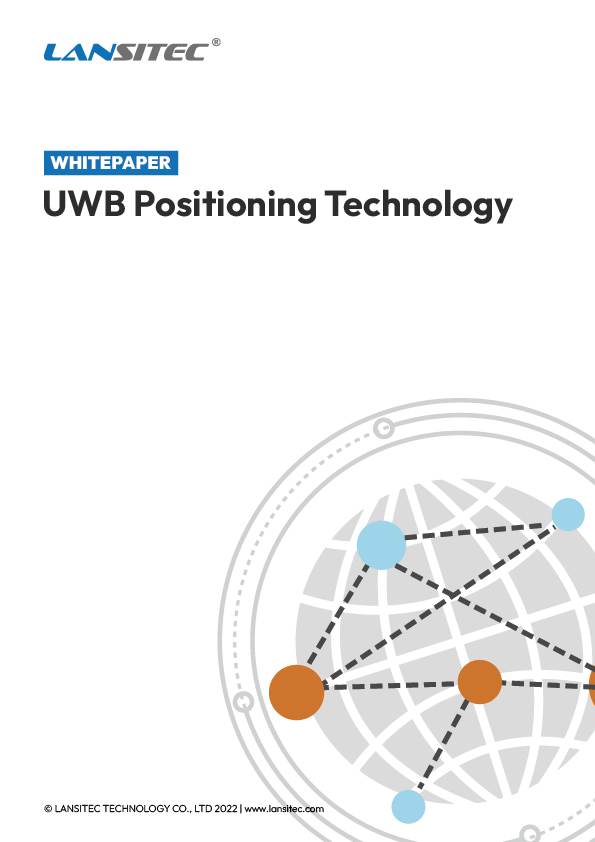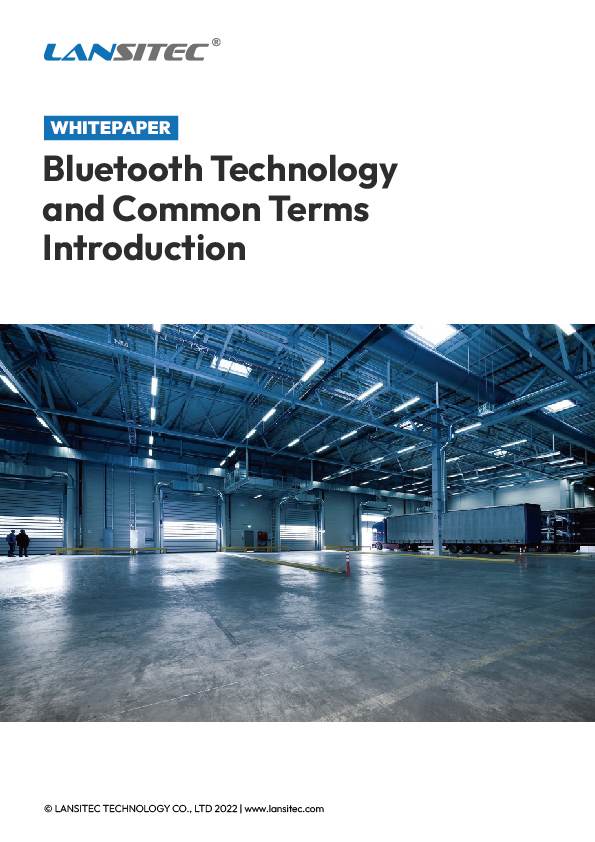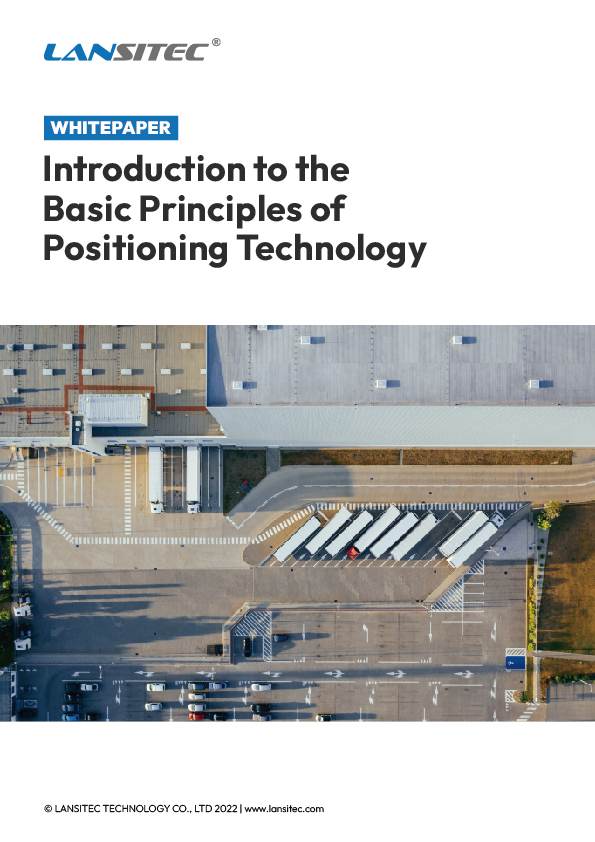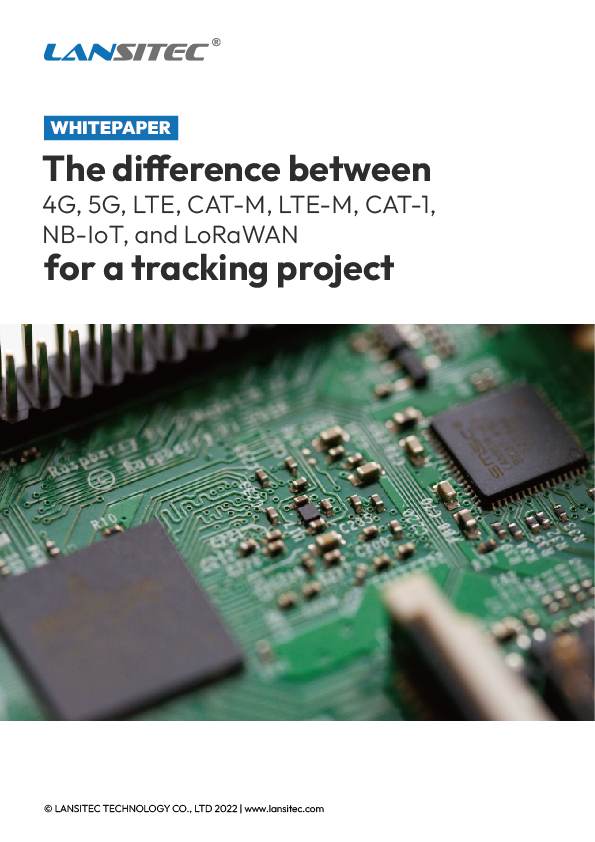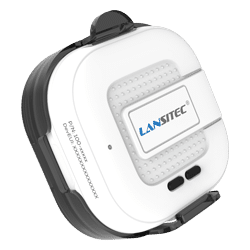
Helmet Tracker Sensor
Ensuring the safety of personnel while maintaining operational efficiency is paramount no matter the environment or industry. But there are industries that are classified as high-risk ones and in those, safety is even more important. Lansitec’s cutting-edge IoT solutions, leveraging LoRa technology, Bluetooth Low Energy (BLE), and GNSS systems, offer robust tools for tracking and managing personnel and assets across various challenging settings. This article explores the practical applications of Lansitec’s Helmet sensor technology in construction sites, factories, and facilities requiring specialized safety equipment such as helmets.
Key Features and Technologies of the Helmet Sensor
Lansitec’s IoT solutions are designed for robustness and ease of use in industrial settings:
Battery Life and Durability:
The sensor’s battery life is designed for extended use, with approximately 8000 GNSS position reports (10-minute interval) and around 33000 Bluetooth positioning operations. The sensor’s robust physical build, encapsulated in a housing made of ABS, PC, and silicone, and its operational temperature range of -10°C to +60°C, ensure durability and reliability in various industrial environments.
Safety Alarms and Detection:
The Lansitec Helmet Sensor is equipped with multiple safety features including wearing detection, fall detection, and a panic button. These features are crucial in ensuring worker safety in hazardous environments. The sensor can detect whether a helmet is worn, send alerts if a fall is detected, and allow the wearer to trigger an SOS alarm. Furthermore, it can respond to special area beacons and search beacons, making it an essential tool for safety and emergency response.
Flexible Position Reporting Modes:
The sensor supports various position report modes – periodic, autonomous, and on-demand. This flexibility allows for customized deployment based on specific industrial needs. The periodic mode ensures regular updates regardless of movement, while the autonomous mode adapts to the motion state detected by the accelerometer. The on-demand mode provides position reports in response to specific instructions from the application server (AS).
Reliable Network Connectivity and Messaging:
Ensuring consistent network connectivity, the sensor employs a methodical approach to ascertain its connection to the LoRa network. It counts lost confirmed heartbeat messages, determining network disconnection if a certain threshold is reached, and then attempts to rejoin the network. This feature guarantees reliable connectivity and continuous monitoring. The sensor’s uplink message capabilities include registration, heartbeat, GNSS position, beacon, and alarm reporting, ensuring comprehensive data transmission to the AS.
Power Efficiency and System Specifications:
The Lansitec Helmet Sensor demonstrates exceptional power efficiency, with a standby current of merely 25μA. This efficiency is further augmented by the feature of Firmware Over The Air (FOTA) updates over Bluetooth, a built-in accelerometer for motion detection, and Near Field Communication (NFC) support. These features collectively extend the device’s operational longevity and facilitate seamless updates and interaction with other NFC-enabled devices.
Tracking Solutions by Lansitec
For the use case of Construction Worker Tracking, Lansitec offers two distinct solutions utilizing their advanced IoT technologies: the B-Mobile® and B-Fixed® systems. Both solutions are designed to track the location and activities of construction workers to enhance safety and operational efficiency on construction sites.
Solution B-Mobile®
Deployment of Mobile Beacons: Workers wear mobile beacons, which could be integrated into safety equipment such as vests or helmets.
Fixed Bluetooth Gateways: These are installed throughout the construction site at strategic locations (e.g., entry/exit points, critical areas).
Data Transmission: The beacons communicate with the nearest gateways via Bluetooth, sending data to a central server through the LoRa network.
Real-Time Tracking: The server processes the data to provide real-time location tracking of each worker.
Solution B-Fixed®
Fixed Beacons:Installed at fixed locations around the construction site.
Wearable Badges or Devices: Workers wear badges that pick up signals from these fixed beacons.
LoRa Connectivity: The badges send location data to a central server via LoRa technology, calculating positions based on the proximity to multiple beacons.
Geofencing and Zone Management: Allows for setting up virtual boundaries to monitor entry and exit of workers in hazardous areas.
Choosing between the B-Mobile® and B-Fixed® solutions depends largely on the specific needs of the deployment environment, such as the layout complexity, the nature of the work, and budget considerations. B-Mobile® offers greater flexibility and scalability, making it suitable for dynamic environments where site layouts change frequently. In contrast, B-Fixed® provides higher accuracy and enhanced safety features, ideal for sites with well-defined, stable working zones.

